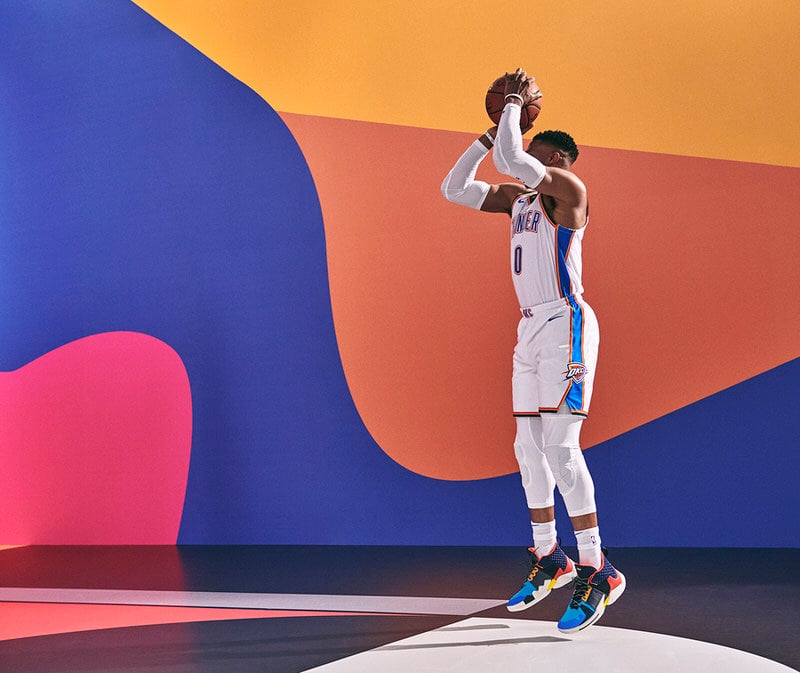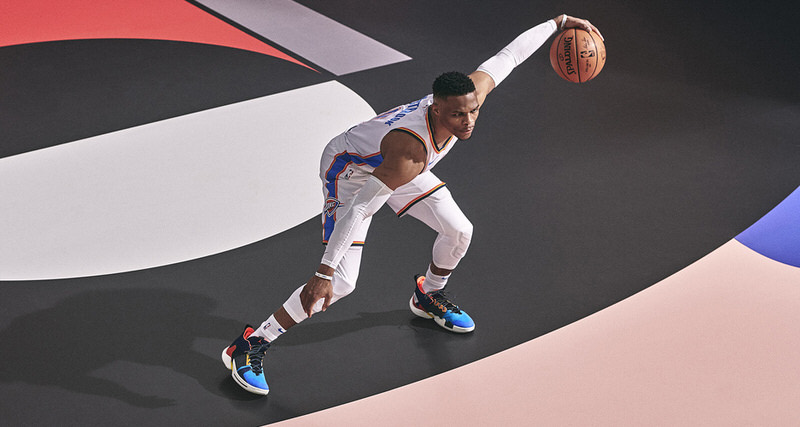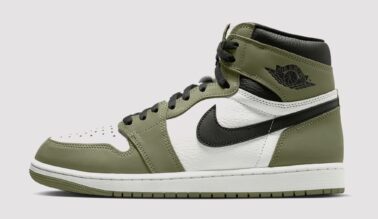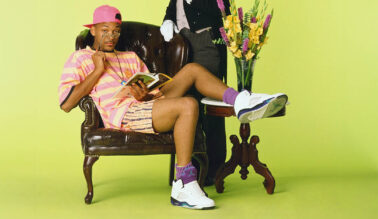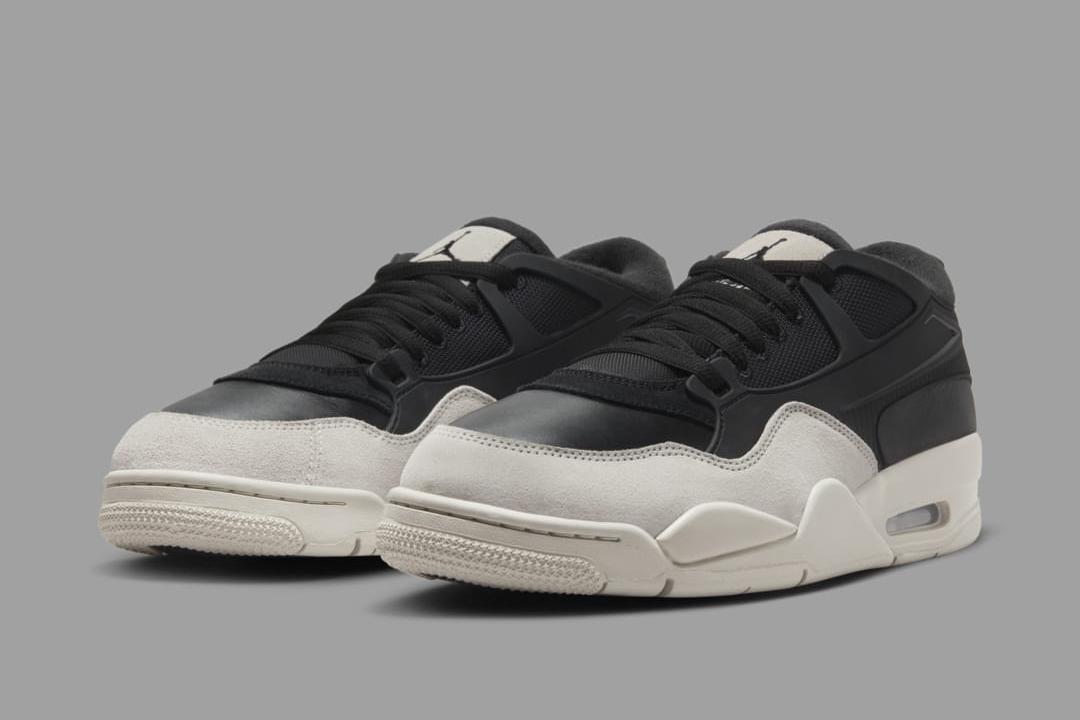This post may contain affiliate links. Please read our disclosure policy.
words // Nick DePaula:
There was always something instantly iconic about Michael Jordan wearing the actual Air Jordan.
The sleekness, the details, the flow of every panel and element — they were tailor made for him — built for his exact specifications, as the brand so often loves to say.
The greatest signature sneakers over time have always personified the player, whether it be the elevated height and power of the LeBron 8, the sharp and attacking feel of the Kobe 4, 5 and 6, or the elongated, lanky look of the best of KD’s series.
“Stance is something that we always consider with LeBron, Kobe and KD all having a very unique and distinct stance,” Nike designer Jason Petrie told me years ago. “They kind of look like the player, to me, at least.”
That real signature feel can take a simple sneaker to another tier, carrying with it a connective imprint from the player, and even more personality once the further materialization and color cues are layered on.
It’s why Russell Westbrook’s second signature sneaker with Jordan is the best non-game shoe that the brand has launched in years, perhaps even dating all the way back to the early 2000s.
At first glance, it’s a decidedly outlandish shoe — but that’s entirely the point — it’s exactly, perfectly Russell.
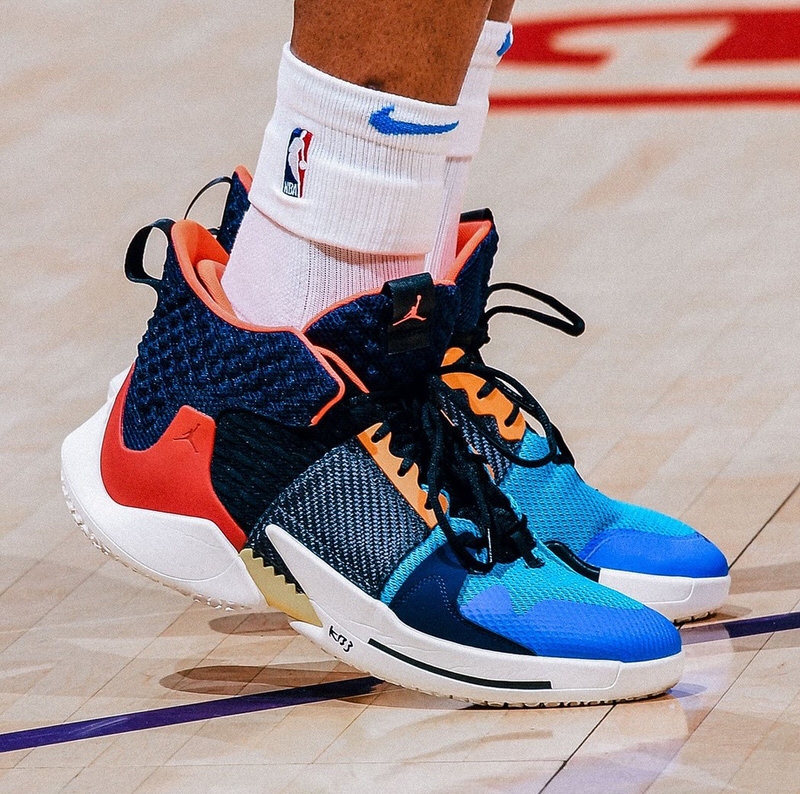 This is the dude that wears a suit with no undershirt one night, a neon parka the next, and basically mom jeans right afterward. He’ll rock his underrated Vans-leaning Westbrook 0.3s through one tunnel, Air Monarchs right after, and then splash in a high-fashion monstrosity like the Balenciaga Triple S in the same week.
This is the dude that wears a suit with no undershirt one night, a neon parka the next, and basically mom jeans right afterward. He’ll rock his underrated Vans-leaning Westbrook 0.3s through one tunnel, Air Monarchs right after, and then splash in a high-fashion monstrosity like the Balenciaga Triple S in the same week.
His “style” has transformed into sheer shock value over the years, and now his sneakers have also taken on that personality.
The multi-material, oversized cues from the near-thousand dollar designer sneakers that’ve become commonplace over the last year are unmistakable here, and work well, when it’s just as easily a storyboard mood inspiration detail that can often go terribly wrong. I’ve been calling these the “Triple Russ” for the last few weeks.
Once you get past the fact that there are 10 — ten! — shades atop the debut colorway of his WhyNot Zer0.2, you’ll notice that every panel, every layer, takes on a non-traditional quirk that drives home Westbrook’s unpredictable style even further.
Rising designer Jalal Enayah absolutely killed it.
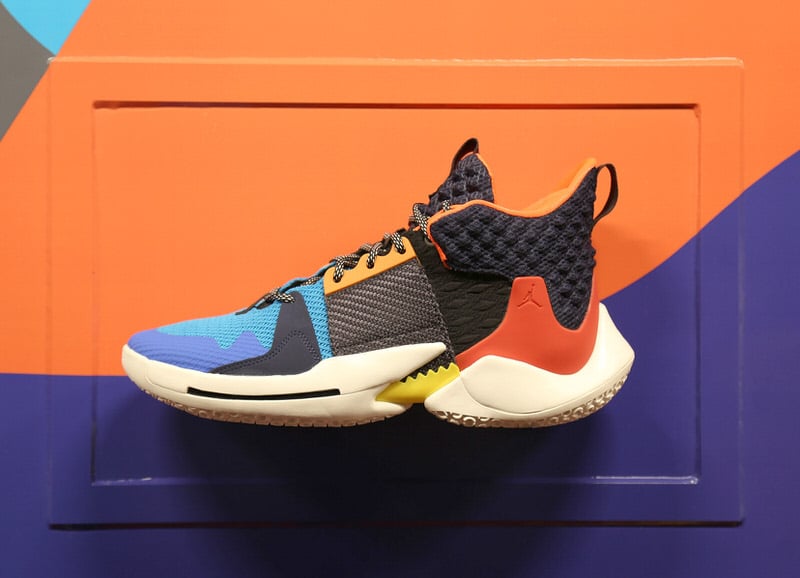 For starters, there was zero room for any oversight of Westbrook’s main priority — on-court performance. As we’ve seen with the debut of the Russ-headlined Air Jordan 31 and 32, if something is even slightly off, he doesn’t give a damn and will go back to the Flight Plate-powered platform of the Air Jordan 28-30 era.
For starters, there was zero room for any oversight of Westbrook’s main priority — on-court performance. As we’ve seen with the debut of the Russ-headlined Air Jordan 31 and 32, if something is even slightly off, he doesn’t give a damn and will go back to the Flight Plate-powered platform of the Air Jordan 28-30 era.
He rocked the 32s less than a handful of times, opting instead for his own hybrid performance masterpiece from a season ago that was the Air Jordan 30.5, a sneaker exclusively born from his hoop preferences. I’d imagine there was little wiggle room to toy around with the podular transition, reassuring grip, harnessed support and collar lockdown that Westbrook has come to enjoy playing in.
It’s the detailing from there that makes the shoe so impressive. The carbon fiber material midfoot harness secures your foot, while the double collar serves its purpose of giving the silhouette a new dimension, without sacrificing lockdown and fit. From there, the midsole wedge veers inexplicably, the parts and pieces flow and drift.
The way in which Enayah incorporated a series of subtle ‘W’ hits throughout is one of my favorite elements of the design. There are Ws along the eyelet stitching, in the negative space of the medial midsole grooves, and even along the midfoot shank on the outsole — an outsole that otherwise entirely relies on a traction pattern made up of Russ’ #0 jersey number.
The signature touches are aplenty, and that’s before getting into the more overt elements, like the family crest on the underside of the tongue, the ‘RW’ logo stamped into each heel, and the repeating logo pattern that’s raised along the medial side’s black mesh panel.
The labeling approach is damn near perfect, as the heel outsole size tag is funky and playful, while the inner collar label serves to showcase each colorway’s palette of hues, along with its given nickname and storyline. There’s an exceptional balance of the obvious, the quirky and the subtle throughout the design — and while the shoe feels purposefully busy, the collection of cues all execute together perfectly.
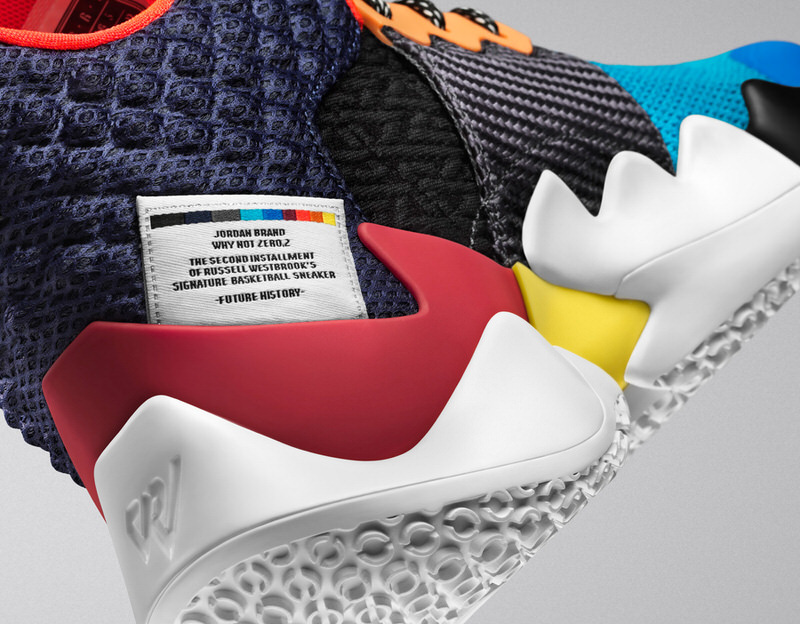
Jordan Brand’s team sneakers are at their best when they have their own identity.
The Air Jordan is very clearly already Michael’s shoe, and whether it’s the Vindicate in the late 90s, the shrouded Jumpman J, Swift 6 and Masterpiece at the turn of the millennium, or the icon-laden looks of Carmelo Anthony’s early Melo V.5, M3 and M4 models — the best Jumpman sneakers can stand on their own, and highlight their own personality, rather than rely solely on rehashing yet another MJ storyline.
The second Westbrook sneaker does exactly that.
The best part is that we’ve only seen it in one colorway, leaving the brand even more opportunity to deliver with perhaps elevated materials, or a sharp palette of more versatile and wearable options.
Regardless, it’s an exciting execution, and should restore faith in the oft-debated evolution of the brand as it begins to enter yet another decade of an existence in which kids never saw Michael play. While the brand has mostly relied on just fourteen models for all these years, more than ever before, there’s a pressing need for a new design language, new pillars of performance and new faces of the brand — a “future history” of its own — if you will.
The WhyNot Zer0.2, with all its quirks and unique cues, is an impressive step in that direction.

